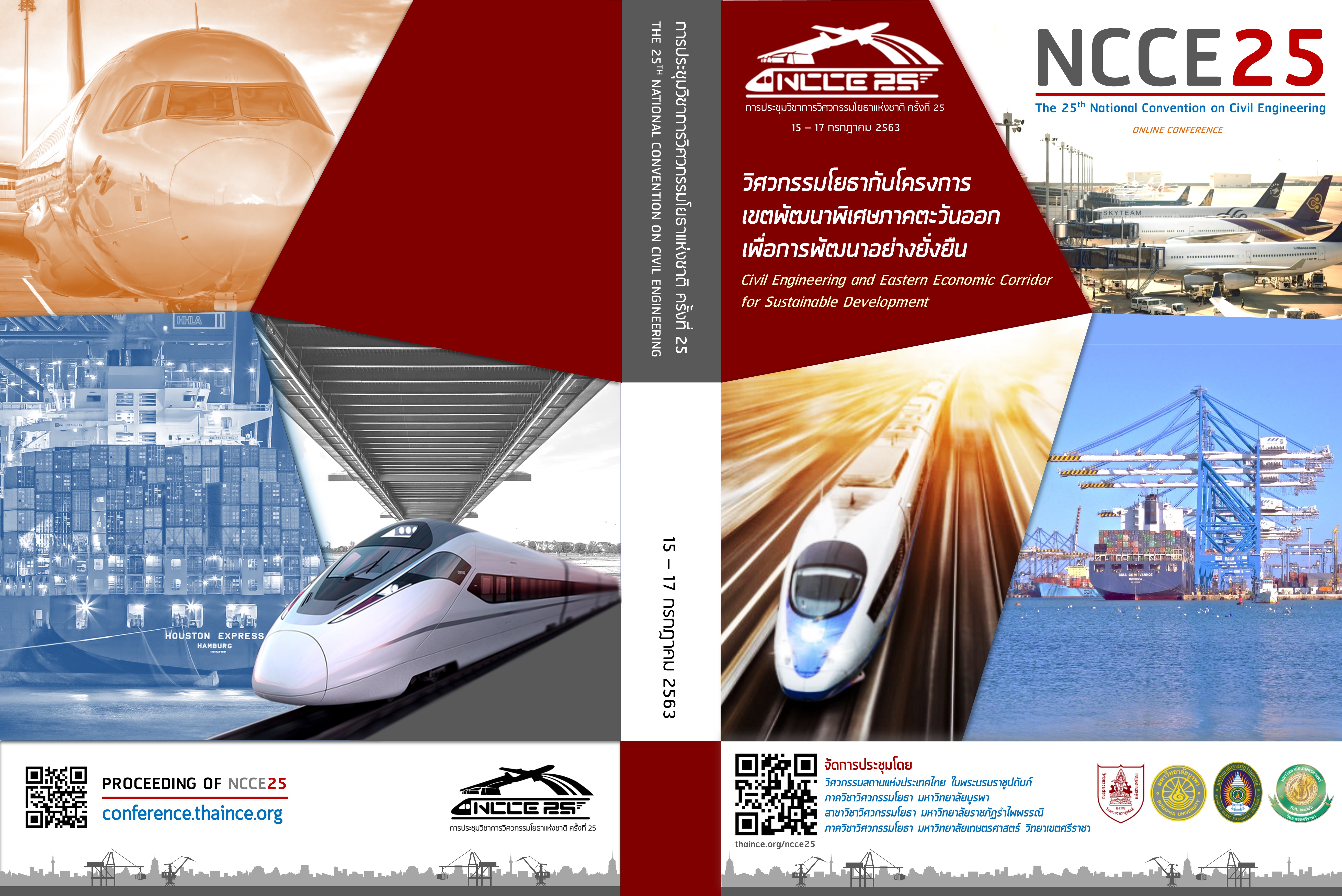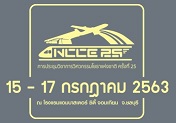Energy and Environmental Assessment for Intersection Design Control in University Campus
Abstract
Nowadays, traffic congestion contributes to energy depletion and air pollution problems. Specifically, in university communities where the share of private vehicle is high, the problem of traffic congestion generally occurs at intersections. Proper intersection design control can reduce traffic congestion, travel delays, and energy consumption and emission. The purpose of this study is to compare the energy and environmental efficiency of various intersection design control strategies within the university campus. This study applied the microscopic traffic simulation model and air emission model to analyze the energy consumption and emission associated with 4 intersection design control options including (1) unsignalized intersection; (2) signalized intersection with 2 signal phases; (3) signalized intersection with 4 signal phases; and (4) roundabout. The results showed that under the same traffic conditions intersection design control would affect energy consumption and emission differently. Therefore, selecting a proper intersection design control will result in sustainable benefits for both road users and university communities.
Downloads
Copyright (c) 2020 The Engineering Institute of Thailand Under H.M. The King's Pratonage

This work is licensed under a Creative Commons Attribution-NonCommercial-NoDerivatives 4.0 International License.
บทความทั้งหมดที่ได้รับการคัดเลือกให้นำเสนอผลงานในการประชุมวิชาการวิศวกรรมโยธาแห่งชาติ ครั้งที่ 25 นี้ เป็นลิขสิทธิ์ของ วิศวกรรมสถานแห่งประเทศไทย ในพระบรมราชูปถัมภ์



